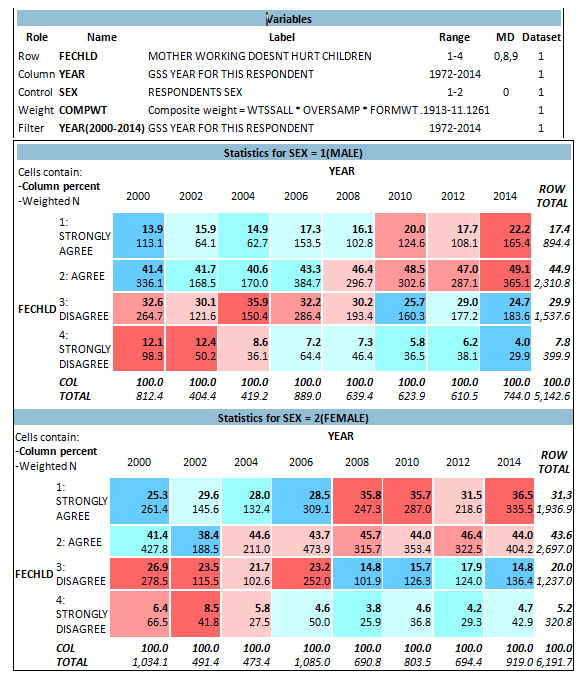Louis Wirth defined a minority group as those who:
a. are the same in every way except in the portion of members in public office.
b. are treated differently on the basis of their cultural or physical characteristics.
c. look and act like the dominant group, but have some taint in their history.
d. receive equal economic, but not sociocultural rewards.
b
You might also like to view...
In some cases, researchers describe a distribution in terms of whether its tails have many or few scores in them. This aspect of the shape of a distribution is known as:
A) symmetry B) kurtosis C) z-transformation D) queue
The feeling of alienation among teenagers can be manifested in a variety of ways, most of which __________
a. are clearly illegal b. are clearly very dangerous c. are never noticed d. would not be considered delinquent
The distribution of people of different ages within a society is known as a(n) ____
a. age cohort b. age structure c. population pyramid d. age graph e. generation chart
Which of the following statements is true, based on the information presented in Figure 7.1?
Figure 7.1

A team of researchers is interested to know whether beliefs about working mothers are related to respondents’ gender, and how these beliefs have changed over recent years. They make a cross-tab of FECHLD by YEAR, using SEX as a control variable. The variable FECHLD corresponds to the survey question, “Please tell me whether you strongly agree, agree, disagree, or strongly disagree with it… A working mother can establish just as warm and secure a relationship with her children as a mother who does not work.”
a. For both men and women respondents, most disagree with the idea that “A working mother can establish just as warm and secure a relationship with her children as a mother who does not work”
b. From 2000 to 2014, the percentage of men who strongly agreed with the idea that “A working mother can establish just as warm and secure a relationship with her children as a mother who does not work” has generally decreased.
c. In 2014, the percentage of women who either disagreed or strongly disagreed with the idea that “A working mother can establish just as warm and secure a relationship with her children as a mother who does not work” was higher than the percentage of men who either disagreed or strongly disagreed with this idea.
d. In 2014, the percentage of women who strongly agreed with the idea that “A working mother can establish just as warm and secure a relationship with her children as a mother who does not work” was higher than the percentage of men who strongly agreed with this idea.